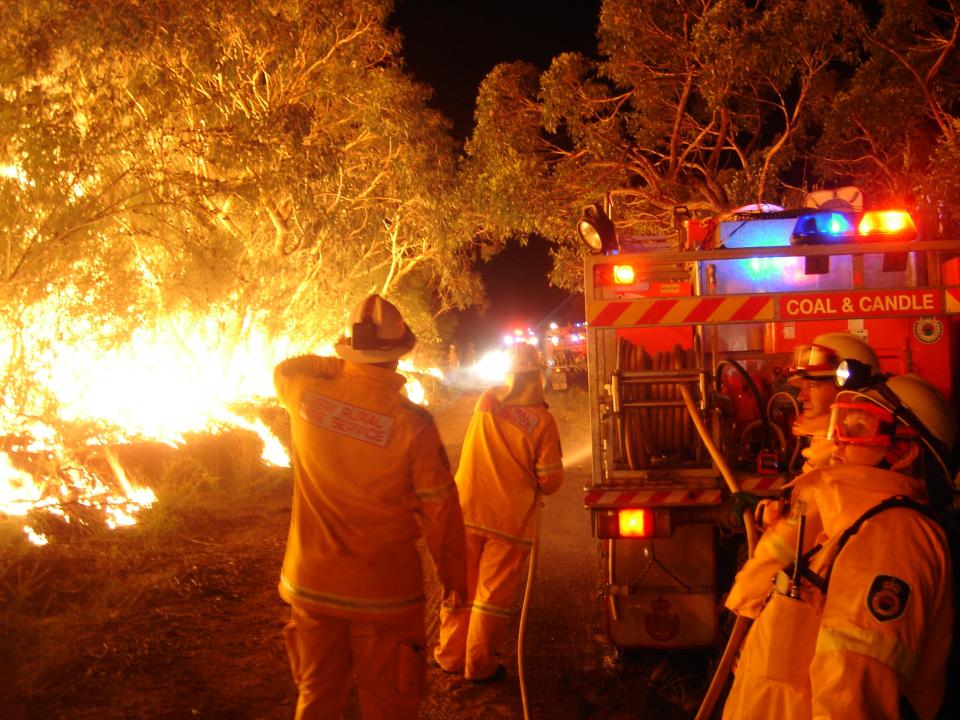
PUBLICATIONS
Published works

Climate change effects on the frequency, seasonality and interannual variability of suitable prescribed burning weather conditions in south-eastern Australia
| Title | Climate change effects on the frequency, seasonality and interannual variability of suitable prescribed burning weather conditions in south-eastern Australia |
| Publication Type | Journal Article |
| Year of Publication | 2019 |
| Authors | Clarke, H, Tran, B, Boer, MM, Price, O, Kenny, B, Bradstock, R |
| Journal | Agricultural and Forest Meteorology |
| Volume | 271 |
| Start Page | 148-157 |
| Date Published | 06/2019 |
| Keywords | Burn window, Climate change, Fire weather, Global warming, Hazard reduction, Prescribed burning, prescribed fire |
| Abstract | Despite the importance of prescribed burning in contemporary fire management, there is little understanding of how climate change will influence the weather conditions under which it is deployed. We provide quantitative estimates of potential changes in the number of prescribed burning days in coastal NSW in south-eastern Australia, a fire-prone area dominated by dry sclerophyll forests. Burning days are calculated from an objectively designed regional climate model ensemble using three definitions of suitable weather conditions based on: a literature search (Literature), actual weather observed during recorded prescribed burns (Observed) and operational guidelines (Operational). Contrary to some claims, evidence for a decrease in prescribed burning days under projected future climates is weak. We found a complex pattern of changes, with the potential for substantial and widespread increases in the current burning seasons of autumn (March-May) and spring (August-October). Projected changes were particularly uncertain in northern NSW, spanning substantial increases and decreases during autumn. The magnitude of projected changes in the frequency of burning days was highly sensitive to which definition of suitable weather conditions was used, with a relatively small change for the Operational definition (+0.3 to +1.9 days per year across the study area) and larger ranges for the Observed (+0.2 to +7.9 days) and Literature (+1.7 to +6.2 days) definitions. Interannual variability in the number of burning days is projected to increase slightly under projected climate change. Our study highlights the need for a better understanding of the weather conditions required for safe and effective prescribed burning. Our analysis provides practitioners with quantitative information to assess their exposure to a range of potential changes in the frequency, seasonality and variability of prescribed burning weather conditions. |
| URL | https://www.sciencedirect.com/science/article/pii/S0168192319301091 |
| DOI | 10.1016/j.agrformet.2019.03.005 |
| Refereed Designation | Refereed |
Published Works


